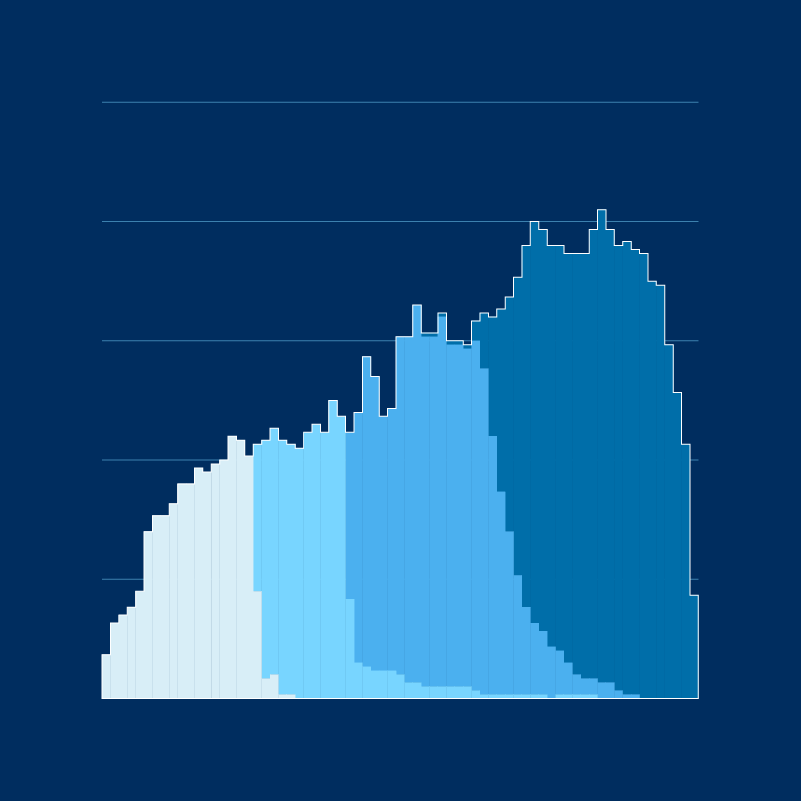- Data/
- Data stories
Insights and visualizations
Visual stories about health, wellbeing and healthcare driven by the data of the World Health Organization.

May 2023
World Health Statistics 2023: a visual summary
The World Health Statistics 2023 report summarises the trends in life expectancy and causes of death, and reports on progress towards the health-related Sustainable Development Goals (SDGs) and associated targets.

June 2022
Accomplishments in 2021: Celebrating milestones with our donors and collaborators
2021 was a remarkable year for the World Health Organization (WHO) and the Division of Data, Analytics and Delivery for Impact (DDI). Amidst historic challenges, we made great strides to improve measurement, focus on results, and deliver impact. But we did not do it alone.

May 2022
Global excess deaths associated with the COVID-19 pandemic, January 2020 - December 2021
A comprehensive view of global deaths directly and indirectly associated with the COVID-19 pandemic.

April 2022
WHO Mortality Database: A visual summary
Mortality data is not just about those we have lost, it is about helping the living, too. As the COVID-19 pandemic has shown, counting the people who die – and how they die – is fundamental to global health. And, as WHO’s Dr Samira Asma adds, “Mortality statistics are a mirror of population health.”

December 2021
State of inequality: HIV, tuberculosis and malaria: A visual summary
State of inequality: HIV, tuberculosis and malaria is the first monitoring report devoted to systematically assessing the global state of inequality in the three diseases: A visual summary

May 2021
World Health Statistics 2021: A visual summary
World Health Statistics 2021: A visual summary 20 years of health trends, improving global life expectancy.

May 2021
COVID-19 global excess mortality
December 2020
Leading causes of death and disability
A visual summary of global and regional trends, 2000-2019
November 2020
Data availability: A visual summary
A visualized overview of data availability in global health.
June 2020
The Triple Billion targets: A visual summary of methods to deliver impact
Measurable impact is at the heart of WHO’s plans to transform the future of public health.
May 2020
Health Data: A critical element to meet the SDGs
Are we leaving behind a better or worse world for future generations?
May 2020
Triple Billions: Targeting a better future
In 2017, WHO unveiled its 13th General Programme of Work (GPW13).
May 2020
World Health Statistics 2020: A visual summary
Are we leaving behind a better or worse world for future generations?






